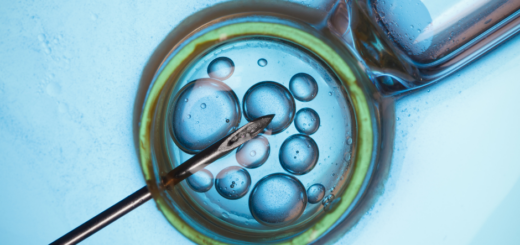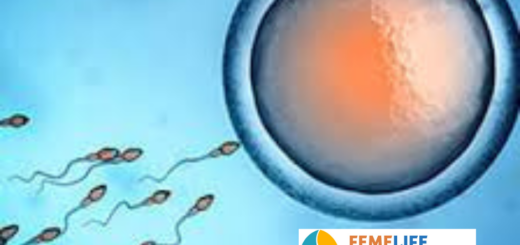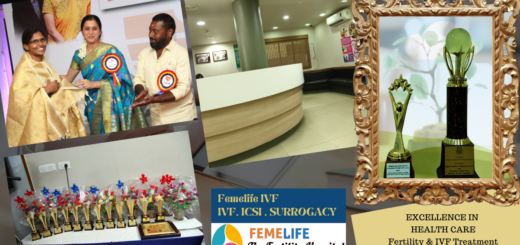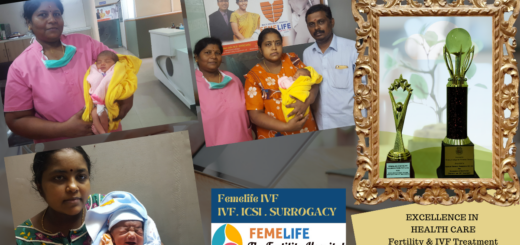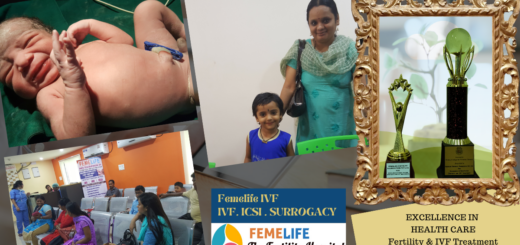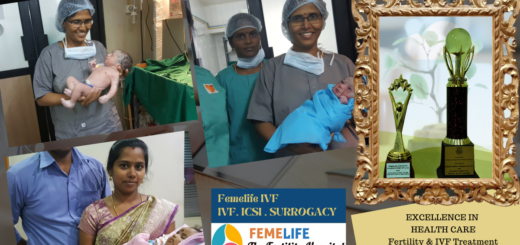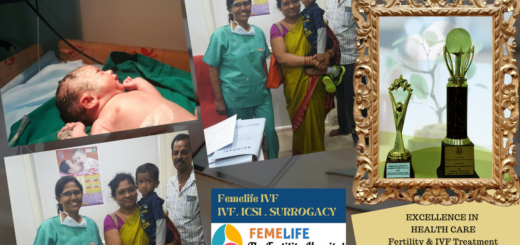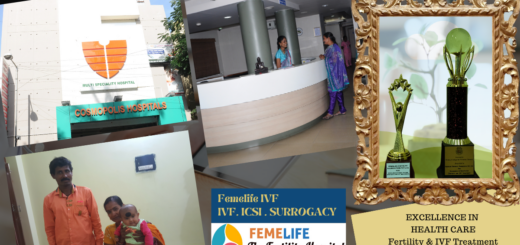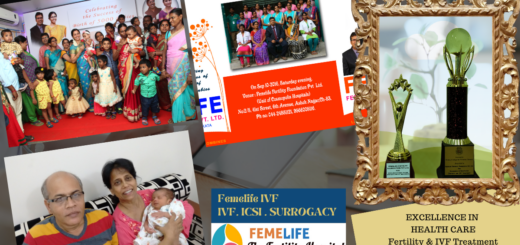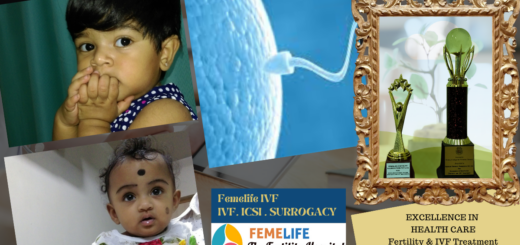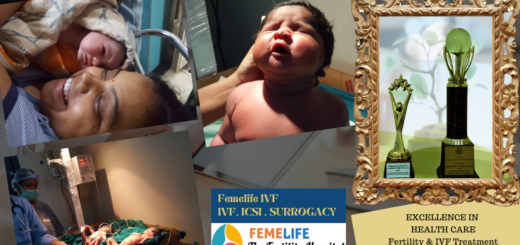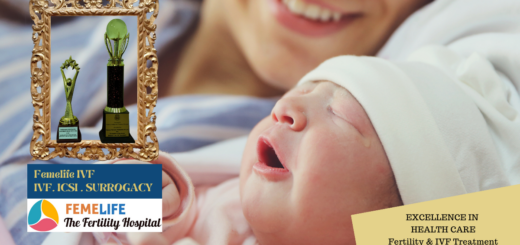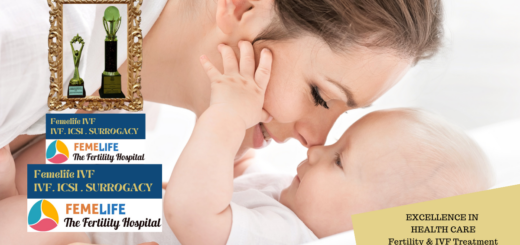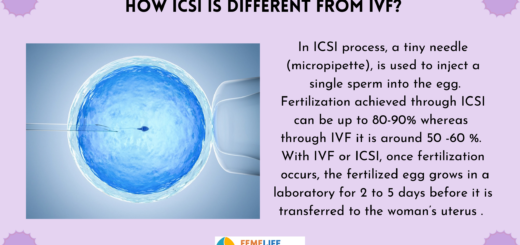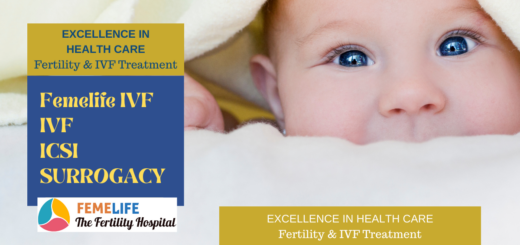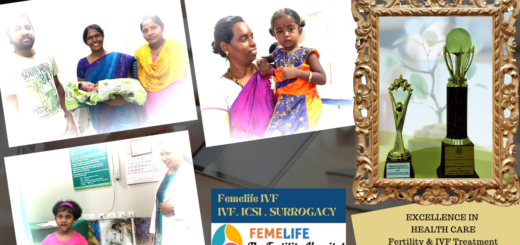The concept of designer babies
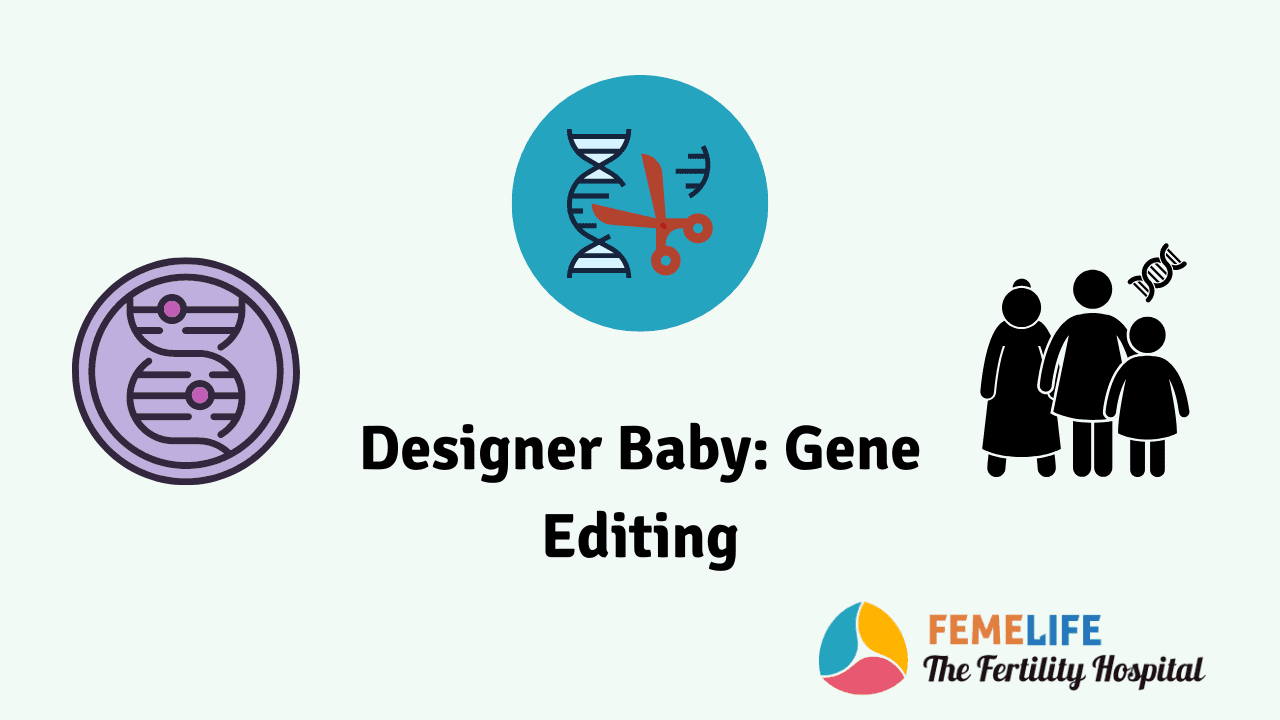
If you haven’t heard the term “designer babies” yet, possibilities are that you may soon come to know. In its most effective definition, a designer baby is an embryo that has been genetically changed or gene-edited. This is done for the sake of creating an infant with unique developments. In a few cases, damaging characteristics or poor developments like genetic sickness can be removed. Also, favorable developments (like enhanced intelligence or strength) can probably be added. And at the same time as it might seem like it’s directly out of technology like a fictional development.
Designer babies have become a reality—and so are abounding questions on how the method works. These technologies were the issue of a lot of discussion and debate over the years. In particular, there have been many ethical questions surrounding genetic changes and their purpose. Here, we’ll cover what it takes to “create” infants inside the lab. In addition, we focus on the evolution of IVF treatment and the future developments.
What is the history of IVF?
The history of designer babies is carefully tied to the records of IVF. The first IVF infant was born in 1978 and there after, IVF has developed unexpectedly to get us wherein we’re today. There are six awesome milestones which have described IVF’s history:
1 – Conventional IVF (in vitro fertilization)
2 – Intracytoplasmic Sperm Injection (ICSI)
3 –Preimplantation Genetic Screening/Diagnosis (PGS/PGD)
4 – Nuclear Transfer (HER IVF/3-Parent Baby Technology)
5 – Gene Editing (GMO infants/Designer Babies)
6 – Artificial Gametes (Stem Cells)
Each era in IVF’s history represents a giant milestone and ability to assist human beings conceive. In addition, it has improved and refined the method and made it a better success and easy accessible technology. Since the primary IVF infant in 1978, around eight million babies have been born due to advancing IVF technology.
Why Designer Babies Are Needed?
Today, the majority of designer babies are created with a purpose to prevent inheriting genetic defects. This is done through the selection of “disorder-free” embryos through preimplantation genetic diagnosis (PGD). Some sicknesses like cystic fibrosis and β-thalassemia, for instance, may be prevented. However, while all embryos could deliver the “disorder genes” from a carrier couple, genetic change becomes necessary. Recently evolved gene modifying equipment permits scientists to create designer infants by active interference.
Legality of germline engineering
Modifying facial features, complexion, height of the baby are a remote possibility through this method but ethically not correct. Such interference goes against the law of inheritance. One such instance of this occurred in 2019, where Chinese twins Lulu and Nana were edited as embryos, causing widespread criticism. Chinese scientist, He Jiankui announced that he’d made the world’s first gene-edited human babies, twin girls with the pseudonyms Lulu and Nana. Widespread condemnation of his actions followed the announcement of the CRISPR twins.
How are designer babies created?
In many ways, designer babies are so often known as genetically changed infants. They are the obvious result of a long time of advancing the IVF method. Once scientists found the way to create toddlers withinside the lab, embryo modifying to provide a wholesome GM baby turned into possibly a natural next step. Scientists noticed the ability to now no longer simply optimize genes for disorder prevention, however additionally to select aesthetics and personality traits. There are numerous technologies concerned for the introduction of a GM baby.
Preimplantation Genetic Diagnosis
One protocol is Preimplantation Genetic Diagnosis (PGD). Here, the embryonic genetic defects are diagnosed prior to implantation. The most effective embryos without sure genetic problems are implanted.
CRISPR designer babies
Most current information is CRISPR genetic engineering, which was created in the 1980’s. An evolution of the genetic generation is referred to as CRISPR-CAS9. CRISPR designer babies are created through enhancing DNA fragments to prevent and accurate sickness-inflicting genetic errors. CAS9 is a unique generation that can dispose of or upload certain varieties of genes from a DNA molecule, and maximum these days has been used after fertilization for gene-edited embryo.
Mitochondrial DNA replacement therapy
DNA isn’t restricted to the nucleus. Thousands of copies of mitochondrial DNA (mtDNA), which might be inherited from the mother, are present inside the cytoplasm of the cells. They are at risk of mutations. When the proportion of mtDNA with mutations exceeds a threshold, it is able to cause an array of mitochondrial diseases. As there may be frequent variation in the proportion of mtDNA mutations among cells and tissues, the scientific manifestations and the severity of symptoms are highly variable.
Safety of inheritable genome editing
Genome modifying therapy has hidden risks. Off-target cleavage can lead to critical consequences. There might be additional adverse occurrences while critical genes are being cleaved. Besides, unpredictable effects can be generated in future generations. If the performance of modifying is kept low, the disorder phenotype might also additionally remain. Genetic mosaicism has been determined in genome-edited zygotes, and PGD screening fails to discover such changes. Successful off-target mutations in the edited-embryo even can cause challenging mutations. In addition, creating designer babies can be attained only through the IVF process, not by natural conception.
Genetically altered embryos can be achieved by introducing the desired genetic material into the embryo itself, or into the sperm and/or egg cells during the process of IVF treatment. It is done either by delivering the desired genes directly into the cell or using the gene-editing technology. This process is known as germline engineering and performing this on embryos that will be brought to term is not typically permitted by law.
What does the future of IVF look like?
Advances in IVF treatments, CRISPR/CAS9, and focused genome modifying are allowing us to attain extra opportunities. For human beings to conceive healthy babies and to prevent the transfer of genetic disorders we can make use of PGD. This method of sickness prevention and most cancers prevention (through the prevention of BRCA gene inheritance, for example) may also turn out to be a great opportunity. This new era additionally creates a desire of attaining a remedy for a few sorts of most cancers. These improvements have allowed IVF treatments to turn out to be greater sophisticated. Moving forward, gene generation has a strong opportunity of assisting human beings conceive easier, and increases the probabilities of stopping disorders and generating more healthy toddlers.

